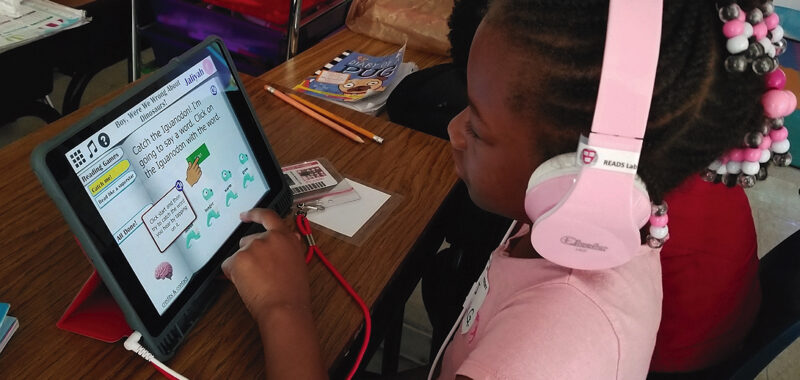Reading didn’t come naturally for Abigail, a seventh grader at a public middle school in Cambridge. “It was challenging when I started early on, when I was in kindergarten, learning the ABCs,” she remembers. English is her second language, Arabic her first, and when she was younger, the letters and sounds of English weren’t intuitive.
By middle school, she could read individual words and short passages, but struggled to comprehend longer texts. Then, during sixth grade and the first half of seventh grade, she worked with literacy coach Emma Weinreich, Ed.M. ’19, who helped her to understand what she read. Abigail learned strategies for what Weinreich called “reading with a purpose”: asking herself questions before and after reading a passage, or watching relevant videos before tackling a text about an unfamiliar topic. Intervention also provided her a space to focus and receive one-on-one help, Abigail says. (To protect their privacy, Abigail and other students interviewed for this story have been given pseudonyms.)
Today, Abigail is out of intervention and reads at grade level. Her reading skills have not only made school easier, but provided her with new ways of understanding herself, other people, and the world. Her favorite part of reading is “imagining what’s happening in your head,” she says. This is why she prefers chapter books over graphic novels: she gets to direct the scenes. “Sometimes, I change the characters’ looks a little bit in my imagination,” she says. “I imagine them how I like. It makes reading books more fun for me, which is how I read a lot of books this year.”
Abigail isn’t an outlier in her district, Cambridge Public Schools. According to 2023 state test scores, Cambridge was one of only three districts of its size in Massachusetts to make a full recovery from pandemic learning loss in reading and math. Across the country, such outcomes are rare. Analysis by Harvard and Stanford researchers found that the average American student lost a quarter of a grade level in reading achievement during the pandemic—and that, by spring 2023, they had recovered only a quarter of that. Those losses have contributed to an alarming reality: the most recent National Assessment of Education Progress (NAEP)—the so-called “Nation’s Report Card,” administered in the fourth and eighth grades—found that two-thirds of students were unable to read proficiently.
Panic over these figures has intensified a broader national reckoning over how students learn to read. The debate is often framed—simplistically—as a battle between “the science of reading,” a term that has largely come to be associated with phonics instruction, and “balanced literacy,” an approach that encourages surrounding students with literature and allowing them to read what interests them. As a result, in their attempts to produce outcomes like Abigail’s, legislators and district leaders have often directed their focus toward curricula, materials, and laws that center phonics and decoding skills. But framing literacy this way, many educators say, is misguided—and may distract from pursuing the more systemic changes required to support students.
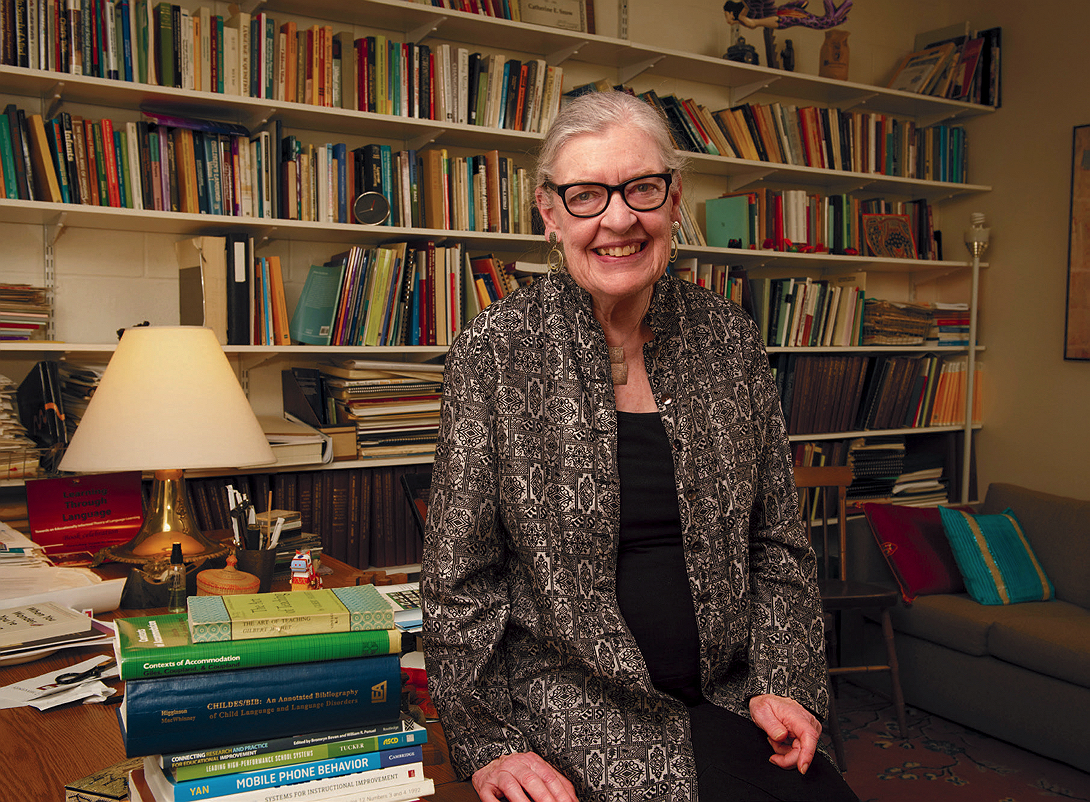
“A Very Stable Level of Mediocrity”
The questions animating the debate over how to best teach reading aren’t new. Historically, says Catherine Snow, Hobbs professor of cognition and education, the “reading wars” have been characterized by two sides: a whole-language approach that advocates starting literacy education with words and sentences, and a phonics-based approach that advocates starting with the relationship between letters and sounds. For more than a century, the pendulum has swung between these poles.
The most recent phase of the debate can be traced, in part, to Emily Hanford’s 2022 radio series, Sold a Story, released by American Public Media. Her reporting revealed that many schools were using balanced literacy curricula that lacked systematic phonics instruction and relied on discredited strategies, such as encouraging students to guess words based on context.
Hanford’s series was released in the wake of the pandemic and its attendant drop in test scores—prompting policymakers, parents, and journalists to raise alarms about a “literacy crisis.” A spate of media coverage has called for urgent action, and more than 40 states have passed laws reforming how reading is taught. These laws often promote the “science of reading”—a body of research, spanning disciplines such as psychology and neuroscience, about how children learn to read. Though this research has found that phonics, oral language, and comprehension are all important elements of reading, science of reading reforms have often centered on phonics instruction.
Many educators say they are glad that lawmakers, parents, and the media are focused on literacy. But news coverage can make it seem as if systematic phonics instruction is the only component missing from students’ literacy education, and the frenzy over a “literacy crisis” can make the challenges facing students seem unprecedented. In reality, American students’ reading scores have remained relatively stable during the past 25 years, save for a dip during the pandemic. “I’m not saying we’ve done a great job in the past,” says Snow, who serves as cochair of the Literacy and Languages concentration at the Harvard Graduate School of Education (HGSE). “I’m just saying we haven’t created a crisis. We’ve just created a very stable level of mediocrity.”
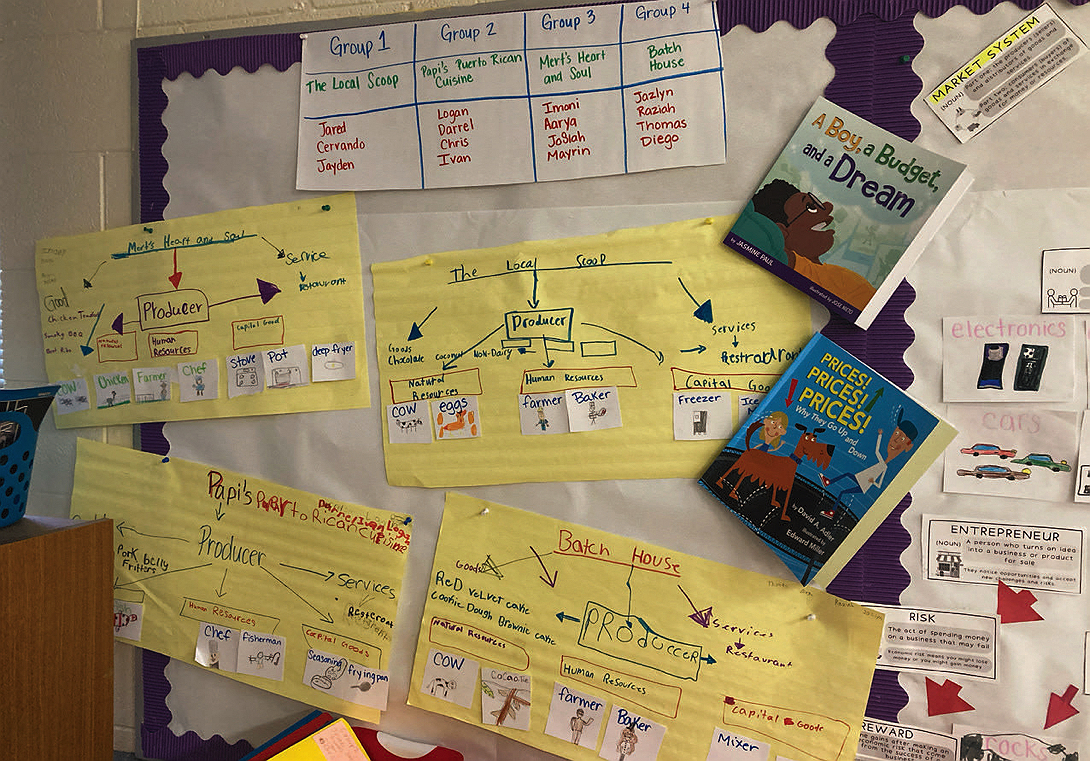
Improving literacy is urgent, but the “crisis” framing can encourage quick fixes over substantive change—and promote top-down solutions that exclude the perspectives of professionals in the classroom. Many successful districts, like Cambridge, have relied not only on new curricula, but also on best practices that educators have long known about, such as compensated, hands-on professional development and tailoring literacy education to individuals or small groups. In many cases, it’s a lack of resources—not stricter state guidance—that prevents schools from implementing these solutions.
The Unscientific “Science of Reading”
From 2019 to 2023, Caitlyn Bacom Dominguez, Ed.M. ’24, worked as a fourth- and fifth-grade teacher at a Texas public school. During that time, she noticed a trend that worsened each year: some of her students could sound out each word of a passage but struggled to understand the passage’s meaning. “Kids could decode the words,” she remembers—they could associate letters with sounds and blend those sounds together. “But it didn’t help them, because they didn’t have the background knowledge to build off of to really understand the text.”
At the time, Texas was overhauling how reading is taught. In 2019, the legislature enacted a law requiring that school districts use a curriculum that provides “systematic direct instruction” in phonics. The law also revamped teacher training and qualification: all kindergarten through grade three teachers were required to complete a course on reading called the “Reading Academies.” And, starting in January 2021, teachers seeking new certifications to teach pre-kindergarten through grade six were required to take a “science of teaching reading” exam.
The new emphasis on phonics certainly helped students to become better decoders. But phonics was overemphasized, Bacom Dominguez says, at the expense of other important elements of reading. One popular model of literacy education, Scarborough’s reading rope, compares reading to a braided rope comprising eight different strands. Decoding is an important one. But many others, like vocabulary and background knowledge, must interact with decoding to make a skilled reader. In Bacom Dominguez’s district, those other elements sometimes went ignored. “If we didn’t build any comprehension skills when you were younger,” she asks, “how are you going to read as you’re going up in the grades?”
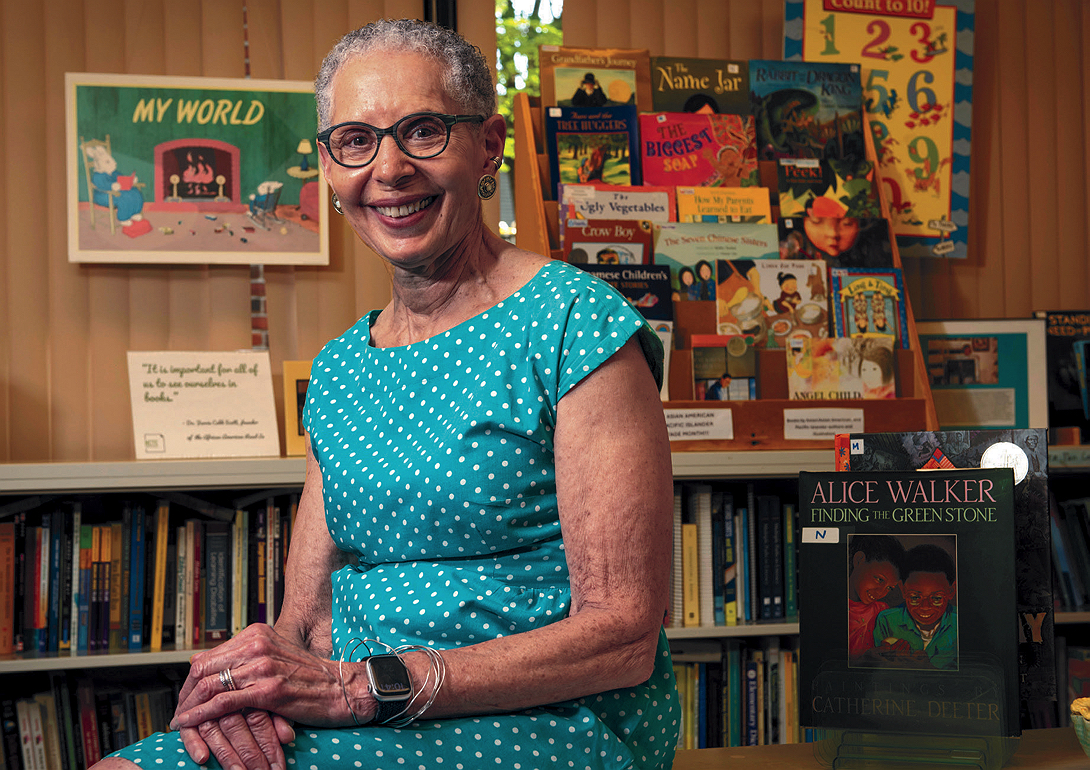
Experiences like hers demonstrate that American literacy education may be moving toward another pendulum swing, rather than an effective middle ground. Because balanced literacy curricula lacked systematic phonics instruction, “the reaction that we’re seeing now is a plethora of reading curricula that are focused on the foundational skills of phonics,” says Pamela Mason, an HGSE senior lecturer and the other cochair of the Literacy and Languages concentration. “Sometimes we think if a little bit of something is good, a lot of it is better..…So sometimes we have a little bit of an overreaction to what we know in the research and how it’s applied in practice.”
It’s important, educators say, to include those who will actually use curricula when making decisions about them. Legislatures don’t always “have access to the expertise that would be required to make those decisions,” Snow says—and might therefore choose programs mismatched to students’ needs. Sarah Symes, Ed.M. ’19, a reading interventionist at a Cambridge public middle school, agrees: “With literacy being such a hot-button issue, there are a lot of trendy or buzzword-filled curriculums,” she says. But “just because a curriculum…contains a lot of these buzzwords or has great marketing doesn’t mean it’s necessarily right for your particular students.”
Curriculum mandates carry another risk: often, mandated materials haven’t been tested over the long term.
Curriculum mandates carry another risk: often, mandated materials haven’t been tested over the long term. The problem exposed by Sold a Story “is just the specific instance of a much more general problem throughout K-12 education,” says Gale professor of education Thomas Kane: “that there are practices that some researcher sometime claimed are ‘evidence-based,’ and then they became ubiquitous without anybody ever testing whether they were effective or not.” Simply replacing older, ineffective curricula won’t prevent that from happening again. Doing so requires a “structural” change: “publishing annual reports on achievement gains of students using different curricula,” Kane says. “We don’t do that now. Most states don’t even know what curricula schools are using.”
“A Bunch of Overworked, Overloaded Teachers”
When Texas required all early-grade teachers to complete the reading academies, it left the decision to individual districts whether to compensate teachers for the additional professional development. Sarah Drummond, Ed.M. ’21, was working as a public elementary school teacher near Austin when the law was passed. Her district did not plan to compensate teachers for the training “until it got enough pressure,” she says. Although her school allocated professional development days for the training, she continues, “I had many peers who were not given any time, so it had to be done on their own time, outside of contract hours.”
According to a 2022 Gallup poll, 44 percent of K-12 workers “always” or “very often” felt burned out at work, driving a teacher shortage that has left many schools scrambling for personnel. Bacom Dominguez and Drummond say the state-mandated training exacerbated feelings of burnout and frustration. The lack of compensation “demonstrated a lack of respect and value for the teachers and the professionals you’re asking this of,” Drummond says.
The problem wasn’t just the increased workload: many educators felt the exam and training didn’t actually improve their skills. Some teachers in her school just “clicked through” the modules, Drummond says—an outcome she expected “when you give a bunch of overworked, overloaded teachers this work without compensating them for the extra time they have to spend on it.” And the science of teaching reading exam, Bacom Dominguez says, was “very content-heavy and very heavy on technical terminology.” Her prior education, tailored to the exam, didn’t prepare her to help struggling readers. “I was taught digraphs, and I was taught all these concepts,” she says. But that information didn’t translate to actionable skills: “I was never taught: how do you identify where a struggling reader is struggling? How do you assess that, and how do you remediate?”
“Teaching someone to teach reading is also very social—it’s something you need modeled.”
It was only at Harvard that she learned to answer those questions, when she took a literacy assessment and intervention practicum, taught by Mason, which places HGSE students in Cambridge public schools to work with struggling readers. The class enabled her to understand literacy education in practice: “What does it look like, what does it sound like, when a struggling reader is struggling?” Teachers can’t learn to answer those questions from an online course, because “teaching reading is a very social experience,” Bacom Dominguez says. “And teaching someone to teach reading is also very social—it’s something you need modeled, it’s something you need to see.”
Many educators underscore the importance of compensated, hands-on professional development in teaching literacy education. Legislation doesn’t always facilitate such opportunities—and can in fact distract from them in the pursuit of quick fixes. “[The state] wants to make these changes really quickly,” Drummond says. “But just throwing something on [the problem] isn’t going to change it systemically.”
“There’s No Perfect Curriculum”
Abigail Frost, Ed.M. ’11, is a literacy coach at a Cambridge public elementary school—a role that involves facilitating professional development, collecting and analyzing data, and observing and providing feedback to classroom teachers. In April, as she reviewed the results of an assessment that teachers in her school had given to students, she noticed an interesting pattern.
One section of the test prompted students with a list of nonsense words—pim, wum, bave, herm, cher, tive—to assess their understanding of letter-sound correspondence. Another section asked them to read a full passage. “One of [the students’] strengths was decoding and blending nonsense words,” she remembers. “But then they were given a text that was not decodable—it had words containing letter patterns they hadn’t yet learned in phonics class. And they really struggled.”
Based on that finding, she was able to work with teachers to adapt their instruction. “The data heightened for us as a team that we need to balance teaching phonics with teaching sight words, irregular words, and specific strategies for when you haven’t yet learned a certain skill,” she says.
This kind of adaptation, Frost continues, is as important as choosing the right curriculum. “I was on the literacy curriculum review team in Cambridge, and it was a really thoughtful and strategic process,” Frost says. “But we also found that there’s no perfect curriculum. And so, I’ve tried to embrace the idea of building teachers’ capacity around literacy, so they can make the most of any curriculum they get.”
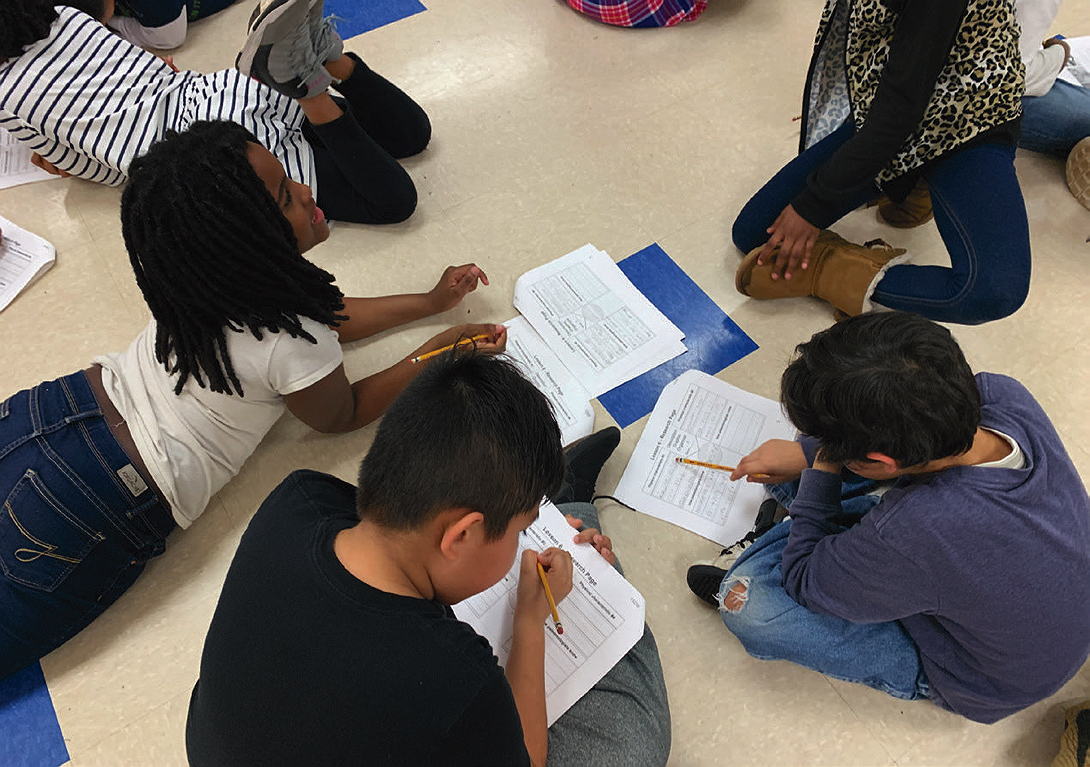
Not every educator can take the literacy practicum that helped Bacom Dominguez. But literacy coaches like Frost can incorporate a similar hands-on training into classrooms. Though coaches “are not traditionally thought of as professional development,” they can “partner with teachers in the classroom, model and co-teach and gradually release support so that the teacher becomes independent,” says Shira Cohen-Goldberg, Ed.M. ’03, who works with HILL for Literacy, an organization that supports New England school districts in implementing evidence-based practices for literacy instruction.
Specialists can also help ensure that teachers understand the rationale behind new educational materials, enabling them to integrate comprehension and decoding in their instruction. Allison Shook Franke, Ed.M. ’07—a reading specialist at a public elementary school in Watertown—says her school will use two curricula starting this fall: Fundations, which centers on phonics; and Wit & Wisdom, which focuses on boosting both literacy skills and content knowledge.
Wit & Wisdom requires students to read and discuss rich literature—which sometimes includes non-decodable words. In professional development sessions and meetings, Franke says, she will aim to coordinate with classroom teachers and other specialists to make sure students are repeatedly and purposefully exposed to those words in context. “Where we’re headed is very exciting,” she says, “because we’re intentionally teaching content with language and literacy, which is essential.”
During the pandemic, funding educators who specialize in literacy became easier when the federal government provided schools with $190 billion of Elementary and Secondary School Emergency Relief (ESSER) funds. That funding expires in September, however, and some districts, including Cambridge, have begun to cut interventionist and other specialist positions. But research has demonstrated the effectiveness of both coaching and direct intervention with students—and many educators emphasize the importance of this work in any school’s strategy for teaching reading.
“Consistency and Structure”
“Sam’s class is on a trip. The class is at the dock,” five-year-old Steven reads from a worksheet, his finger pointing to each word. “Miss Mack…stops….” He trails off.
“Go ahead,” his mother, Alana Purkett, encourages him.
He rereads the word and corrects himself: “spots Ken, the fish man.”
A few sentences later, he starts to lose focus, banging his hand on the page with each syllable. “Point to each word,” Purkett reminds him gently. When he finishes the first page, Purkett asks, “Do you want to read the whole story?” He says he does.
These days, Steven enjoys reading any text he can find. From the back seat of the car, he asks Purkett to slow down when he sees a street sign he wants to sound out. Recently, he picked up his fourth-grade sister’s chapter book. “I’m like, Steven, those words are kind of hard,” Purkett says. “He said, ‘No, they’re not, Ma. You just have to sound them out.”
Steven didn’t always enjoy reading. He has an individualized education program (IEP) for severe ADHD, and when he started pre-school, “he was having difficulties learning letters, words, how to sit down,” Purkett recalls. “He was running around the school, and he needed a personal aide to be able to come [to school] at all.” Two years later, he can focus on and read grade-level texts. “This is my super kid,” his mother says.
Purkett credits Steven’s progress with “consistency and structure”: he regularly practices phonics with his teachers. But also important was developing his ability to focus—and that came with his teachers’ patience and individualized attention, she says: “They don’t shun Steven, they actually work with Steven. They actually give him a chance.” She also receives regular updates from his teachers, so she knows how to support him at home. “They’re always giving me feedback, a text or a phone call,” she says.
Steven’s school—Gateway Academy Charter School, in Newark, New Jersey—is operated by the BRICK Education Network, an organization dedicated to improving educational outcomes for families in under-resourced communities. In recent years, BRICK has overhauled its schools’ curricula to align with the science of reading, says Dana Carr-Ford, Ed.M. ’21, senior director of K-4 literacy.
BRICK has also expanded training so teachers can tailor those curricula to their classroom populations. This is especially important for historically underserved communities, Carr-Ford says—which often include populations that face stark achievement gaps. According to the 2022 NAEP, 68 percent of all fourth graders could not read proficiently, compared to 83 percent of black students, 79 percent of Hispanic students, 90 percent of English language learners, and 89 percent of students with disabilities. These gaps persist even in many districts that have recovered overall: according to 2023 state test scores, 36 percent of black third-grade students in Cambridge met or exceeded expectations in English Language Arts, compared to 79 percent of white students.
BRICK encourages schools to find materials that represent the cultures and backgrounds of students they serve—so students can see themselves represented and bring background knowledge to the texts they read. Steven also works with a paraprofessional trained in the science of reading, who can work with him individually.
As in Steven’s school, investing in educators has also been a key component of literacy gains in Mississippi, says Courtney Van Cleve, Ed.L.D. ’20, who works at the state’s Department of Education. Despite being ranked last in the nation in child poverty and hunger, Mississippi is one of three states where students are ahead in reading compared to where they were before the pandemic, according to the Harvard and Stanford analysis.
Since 2013, Mississippi legislators have allocated about $15 million annually to support literacy efforts. According to state literacy director Kristen Wynn, most of that funding is used for teacher and leader development: “The majority of those funds go toward hiring coaches and providing professional development opportunities to educators.” Coaches, deployed by the state to low-performing districts, help educators refine their practices, and professional development ensures that teachers can apply curricula effectively.
Both the coaching and the professional development enable one of the most important parts of the state’s program, Wynn says: the creation of “individual reading plans” for students identified as struggling in early screenings. Based on those evaluations, educators identify what interventions students need, how they will receive them, and how often their progress will be assessed. Educators also meet with families to explain the plan and provide strategies for working on reading at home. Since the accelerated investment in literacy began in 2013, Mississippi fourth graders went from being ranked forty-ninth in the nation in literacy to twenty-first in 2022.
“It’s Not Such a Complicated Thing to Do”
Last school year, a student in Laura Stewart Whittaker’s first-grade class lost her pencil. Instead of asking for a new one, she picked up a crayon from the floor and began to do her work. “I said, ‘You need to go get a pencil,’” Whittaker recalls. “And she’s like, ‘No, I’m being resourceful. I found this on the floor!’” Whittaker let her keep using the crayon.
Whittaker is a teacher at Charlotte Mecklenburg Schools, a public district participating in a study with Harvard’s READS Lab—short for Research Enhances Adaptations Designed for Scale in Literacy. The lab has developed the Model of Reading Engagement (MORE), which provides educators with a “spiral curriculum,” says lab director and professor of education James Kim: “You introduce the more foundational topics in the early grades and use that background knowledge to learn more complex topics in the later grades.” The curriculum integrates curricula across first to fourth grade and across school subjects.
Whittaker’s student had learned the word “resourceful” a few days earlier in a MORE social studies unit about economics. The students were discussing “resources” in the context of an ice cream shop, discussing what materials—from a storefront to napkins to tables—a shop owner might need to run a business.
Rather than teaching social studies separately from literacy, MORE integrates the subjects. So Whittaker used the discussion of economic resources as an opportunity to teach the suffix “-ful,” and to practice breaking up a word, identifying the word “source” within “resource.” Integrating curricula in this way, Kim says, reinforces content and enriches students’ vocabulary and background knowledge—critical components of skilled reading. This approach helped Whittaker’s first grader to remember the word and use it in context.
Kim has long been interested in improving literacy but chose not to enter the decoding versus comprehension debate. “We already have solutions for all those problems—we have solutions for phonics, for word reading,” he says. “The reality is that those skills are easy to improve.” The true challenge, he says, lies not in teaching children to decode, but in helping them to understand complex texts.
He gives an example of a sentence students might encounter in an elementary school science class: “Paleontologists look at the dinosaur fossil record to develop theories and hypotheses about why they went extinct.” To understand this sentence, students need to know complex words that aren’t common in everyday life. “Kids don’t know these important words, and that’s the problem,” Kim says. “Those single-syllable words—they can pronounce those words. They can spell them reasonably well; they know their meaning. But those multi-syllable important words, they don’t know.”
The philosophy behind MORE is that introducing those words gradually and systematically—and integrating their study with literacy instruction—can help students to decode and comprehend. Research backs this idea up: the READS Lab has found that MORE improves literacy outcomes not just in the early grades, but through the end of fourth grade. “There are very few literacy interventions that improve reading comprehension in third grade and beyond,” Kim says. “And there are even fewer that improve reading comprehension through fourth and fifth grade.”
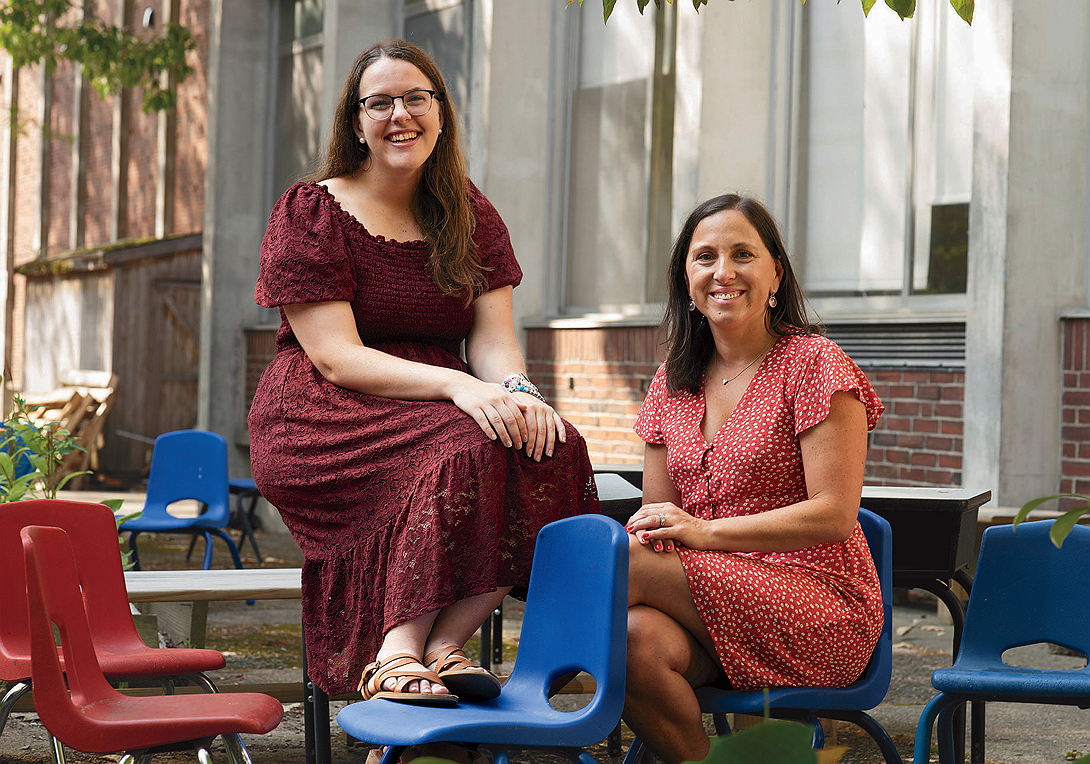
The READS Lab’s work exemplifies the kind of innovation that’s possible when researchers seek solutions apart from political debates about literacy. But the reading wars, many educators say, are likely to continue until policymakers commit to investing in educators and tracking the effectiveness of interventions.
Pamela Hook, M.A.T. ’70, studied at HGSE under Jeanne Chall, a professor who conducted pioneering research about the importance of phonics in literacy education. At Harvard, more than half a century ago, Hook learned the idea that remains the foundation of her work: that a child’s ability to read depends on their ability to decode words and understand their meaning.
After she received her Ph.D. in communication disorders and learning disabilities from Northwestern, Hook spent decades advising districts and policymakers on implementing structured literacy programs. She has seen a similar pattern play out again and again: states or districts mandate curricula based on the science of reading and don’t see results. So they switch to curricula that rely on the whole language approach, only to be disappointed again.
This cycle has continued, Hook says, in large part because of insufficient investment. “A lot of times, districts or states will decide that they’re going to make a concerted effort to improve reading, except maybe they won’t hire coaches, because that’ll cost too much money,” she says. “If you don’t have a way of working with coaches in the schools to implement the curriculum—and sufficient preparation and support to help the teachers understand how this actually works in the classroom—it’s not going to work.”
Catherine Snow agrees that educators have long known what makes up effective early literacy education: teaching students language’s code and meaning, and how they interact. “It’s not such a complicated thing to do,” Snow says. “But people really want to go on fighting about this.”

